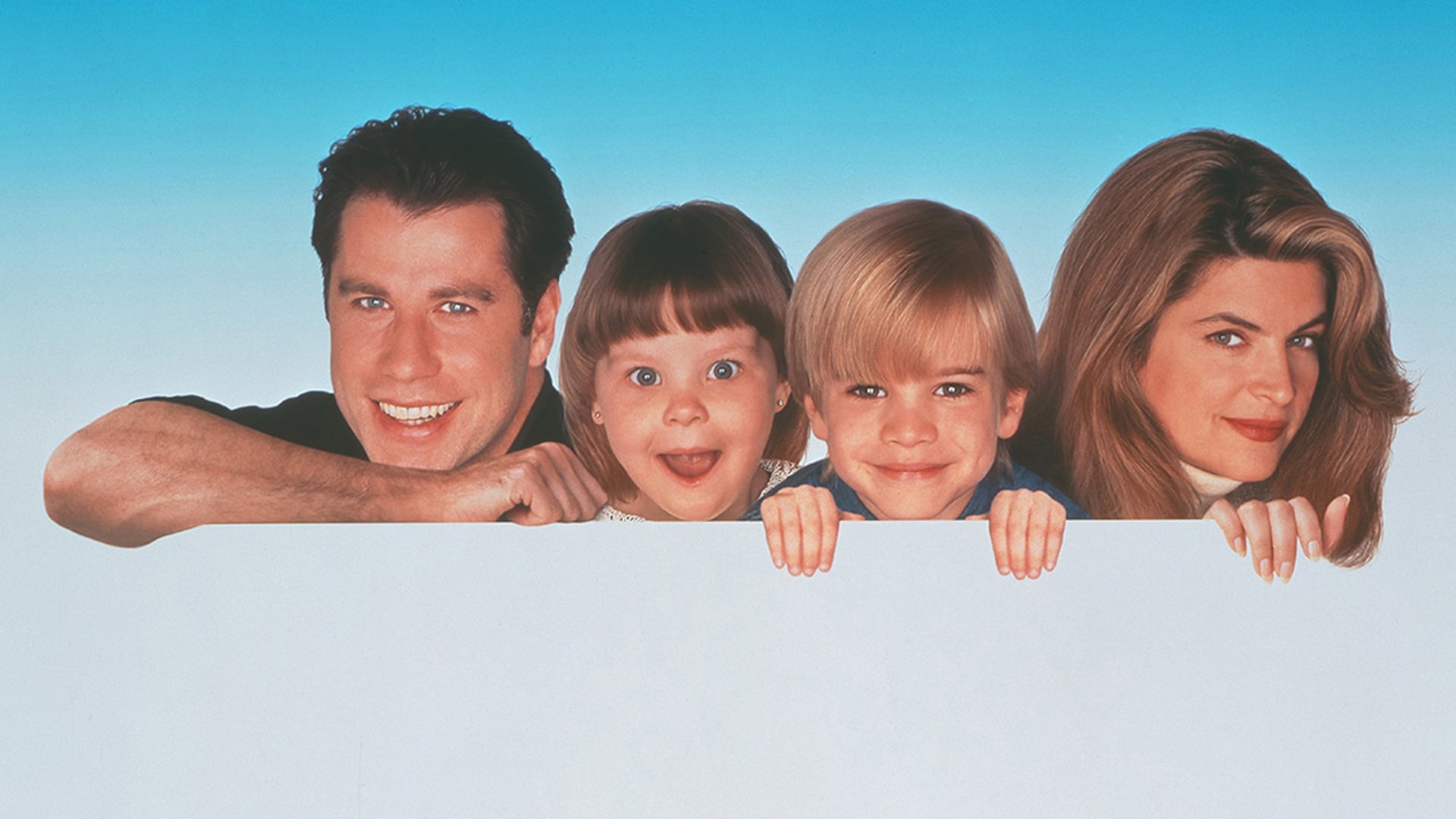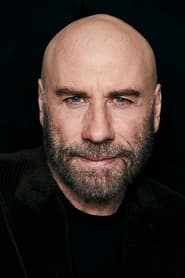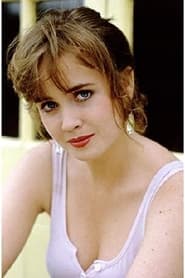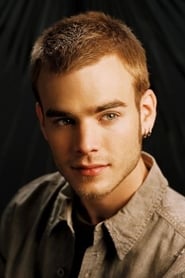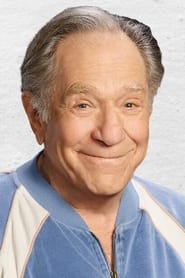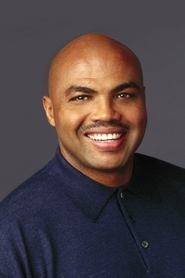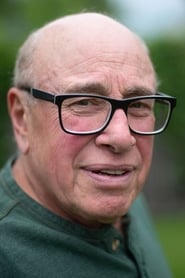Cast
View AllJohn Travolta
as James Ubriacco
Kirstie Alley
as Mollie Ubriacco
Olympia Dukakis
as Rosie
Lysette Anthony
as Samantha
David Gallagher
as Mikey Ubriacco
Tabitha Lupien
as Julie Ubriacco
Danny DeVito
as Rocks (voice)
Diane Keaton
as Daphne (voice)
George Segal
as Albert
Charles Barkley
as Himself
John Stocker
as Sol
Elizabeth Leslie
as Ruthie
Caroline Elliott
as Kid at Schoolyard
Vanessa Morley
as Kid at Schoolyard
Sandra P. Grant
as Accountant
Crew
Director
- Tom Ropelewski
Writer
- Tom Ropelewski
- Leslie Dixon
Producer
- Jonathan D. Krane
Reviews
Filipe Manuel Neto
**It's not a good movie.**
There are no two without three, and after two films, a third was made to finish a trilogy that had already begun to derail in the second film. This film, in fact, was a desperate effort to recover from the bad step, but it ended up definitively burying any vain idea of a future fourth film. The film is weak, and if we compare it to its predecessors, it becomes even more tiring. The biggest problem is an erratic and poorly written script, but the weak and naked jokes also detract from the film, which never really captures our interest.
In this film, Mollie and James are taking care of two grown-up babies, but they face financial and marital difficulties from the moment she is fired and starts to stay at home, forcing James to accept the job offer of Samantha, a young and rich seductress who will try to break their marriage, leading to several jealousy fights and a climate of instability in the home. At the same time, they decide to adopt a street dog, who is the main protagonist of this film, and who will start talking to Samantha's poodle, in a funny rivalry relationship. As in any romantic comedy, it is predictable that everything will end well, between several twists and turns.
The cast continues to include John Travolta and Kirstie Alley, but both are shadows of what they were in the first film. There is virtually not a minute where they come close to the performance previously achieved. Both seem aware that this movie is a mistake and shouldn't have been made, or at least it shouldn't have been made the way it was made. The dogs' voice is provided by veterans Danny DeVito and Diane Keaton, and they try to do everything they can to defend their work, but the material they've been given is bad. Lysette Anthony just doesn't do more than be annoying.
Technically, it's as bland and uninteresting as the others: the cinematography doesn't bring anything new or particularly remarkable, and the sets and costumes are pretty much what we'd expect to find. The soundtrack is good enough, but it doesn't justify watching the movie at all.
Jun 23, 2022
Thematic Analysis
Look Who's Talking Now! represents a fascinating example of Romance/Comedy/Family cinema, offering viewers a unique perspective on the human experience and societal structures. The film's approach to its themes demonstrates a creative vision that distinguishes it within its genre.
Director Tom Ropelewski brings their distinctive visual style to this film, continuing their exploration of themes seen in their previous works while adding new elements. Their approach to pacing and visual storytelling creates a viewing experience that rewards close attention.
Released in 1993, the film exists within a cultural context that now offers viewers historical perspective on the social issues of that era. Its reception demonstrates the diverse reactions to its artistic choices and its place in cinema history.
Did You Know?
- The production of Look Who's Talking Now! took approximately 22 months from pre-production to final cut.
- With a budget of $22.0 million, the film represented a significant investment in bringing this story to the screen.
- The final cut of the film runs for 96 minutes, though the director's initial assembly was reportedly 140 minutes long.
- The costume department created over 322 unique costume pieces for the production.
- The cast underwent specialized training for 8 weeks before filming began.
- The screenplay went through 9 major revisions before the final shooting script was approved.
Historical Context
- In 1993, when this film was released:
- The end of the Cold War was reshaping global politics.
- The internet was beginning to transform communication and information access.
- Independent cinema was growing in influence, challenging the dominance of major studios.
How This Film Stands Out
While Look Who's Talking Now! shares thematic elements with other films in its genre, it distinguishes itself through its unique approach to storytelling, visual style, and character development.
Unlike Because of Winn-Dixie, which focuses more on action than character development, Look Who's Talking Now! offers a fresh perspective through its innovative visual language and narrative structure.
While films like My Dog Skip and Oliver! explore similar territory, Look Who's Talking Now! stands apart through its distinctive directorial vision and pacing.
This film's unique contribution to cinema lies in its bold artistic choices and willingness to challenge viewer expectations, making it a valuable addition to its genre.
Details
- Release Date: November 5, 1993
- Runtime: 1h 36m
- Budget: $22,000,000
- Revenue: $10,340,263

